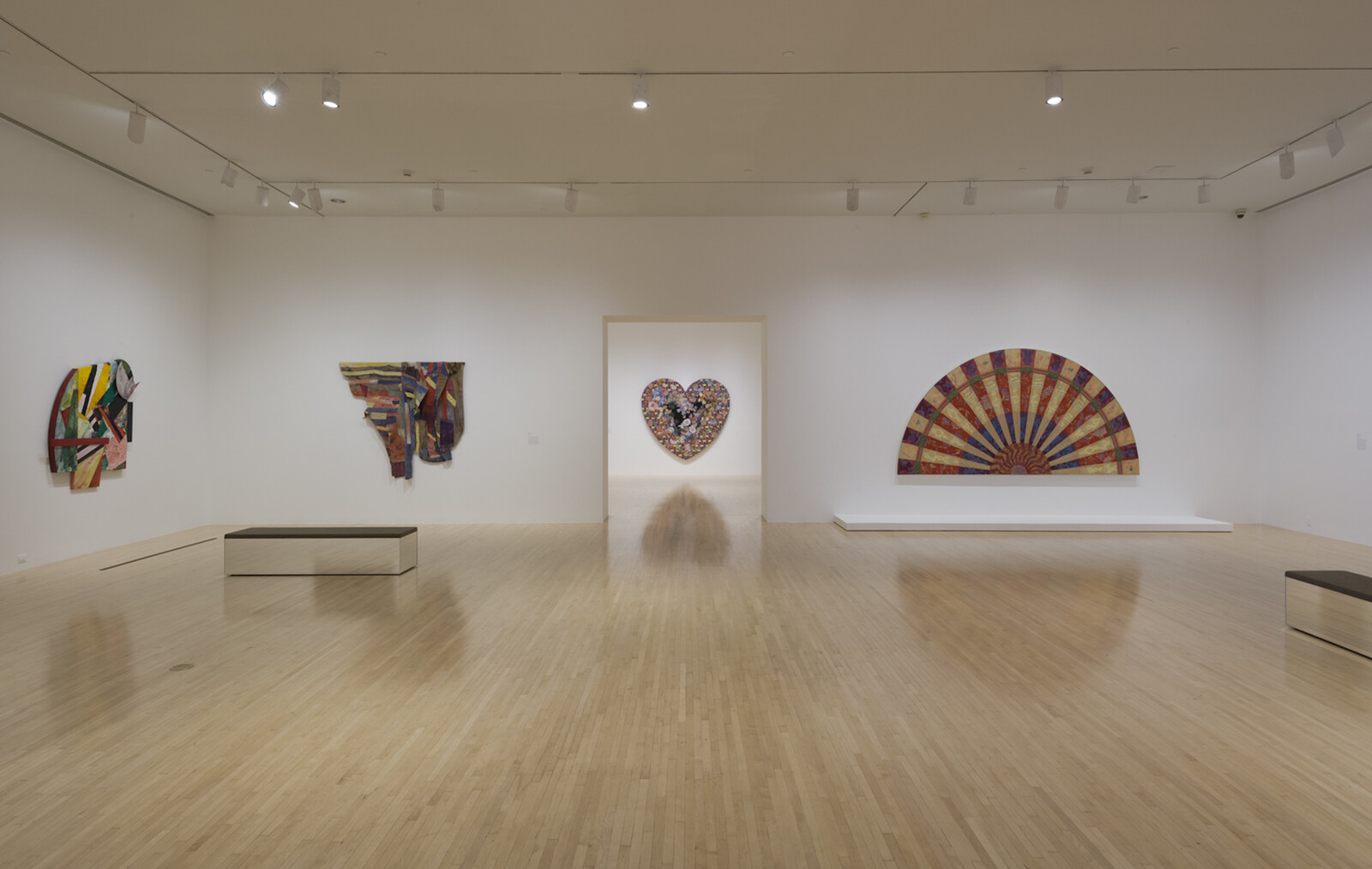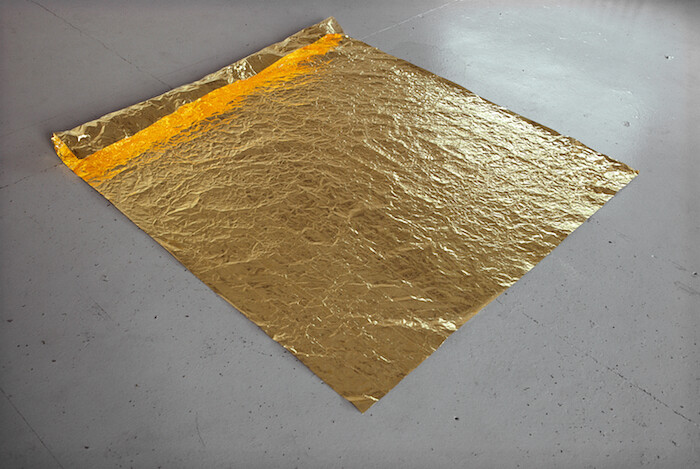Categories
Subjects
Authors
Artists
Venues
Locations
Calendar
Filter
Done
January 28, 2020 – Review
“With Pleasure: Pattern and Decoration in American Art, 1972–85”
Jonathan Griffin

Pattern and Decoration (P&D), a tendency which crystallized into a movement in New York in the mid-1970s, is one of the few movements of modern art to have self-designated, rather than been identified either by critical champions (think of Germano Celant and Arte Povera) or by sneering skeptics (Finish Fetish, Fauvism). Its members, though heterogeneous in their work, were united in their artistic tastes and temperament: they espoused a maximalist aesthetic that drew from global traditions and sources, also often aligned with feminist art practices that embraced domestic handicrafts. They had no manifesto, but critical allies including Amy Goldin and John Perreault have written eloquently about their work and aims. According to Perreault, “Pattern painting is non-Minimalist, non-sexist, historically conscious, sensuous, romantic, rational, decorative. Its methods, motifs, and referents cross cultural and class lines.”
So it is unexpected, and refreshing, to be welcomed into curator Anna Katz’s survey, “With Pleasure: Pattern and Decoration in American Art, 1972–1985,” by works from three artists not typically associated with the movement. Two untitled wall works by Al Loving combining dyed and printed fabrics, one from 1975 and another from 1982, join with Sam Gilliam’s The St. of Moritz Outside Mondrian (1984) and Lucas …
September 1, 2015 – Feature
Felix Gonzalez-Torres’s "1990: L.A., ‘The Gold Field’"
Felix Gonzalez-Torres

A dialogue made of gold: such was the conversation between artists Roni Horn and Felix Gonzalez-Torres, initiated in the early 1990s and only interrupted due to Gonzalez-Torres’s death in 1996. It all started on a spring afternoon in 1990, when Gonzalez-Torres, along with his partner Ross Laycock, visited Horn’s solo exhibition (April 22–July 22, 1990) at Temporary Contemporary, the temporary venue of the Museum of Contemporary Art in Los Angeles, and encountered her 1982 work Gold Field.
Placed directly on the floor, Gold Field consists of a large and thin rectangular sheet made of one kilo of pure, annealed gold. Gold Field presented itself as “a new landscape, a possible horizon, a place of rest and absolute beauty,” giving the couple solace from their dramatic situation: Laycock was dying of AIDS, surviving the show only by six months, and the overall vision of the U.S. as a country that was facing “the abandonment of the ideals on which (it) was supposedly founded” was somber and asphyxiating.
Three years after this encounter with Gold Field, Gonzalez-Torres and Horn meet. Touched by their common affinities, Roni Horn sends Felix Gonzalez-Torres a square of gold foil, a sheet similar to those made by the …